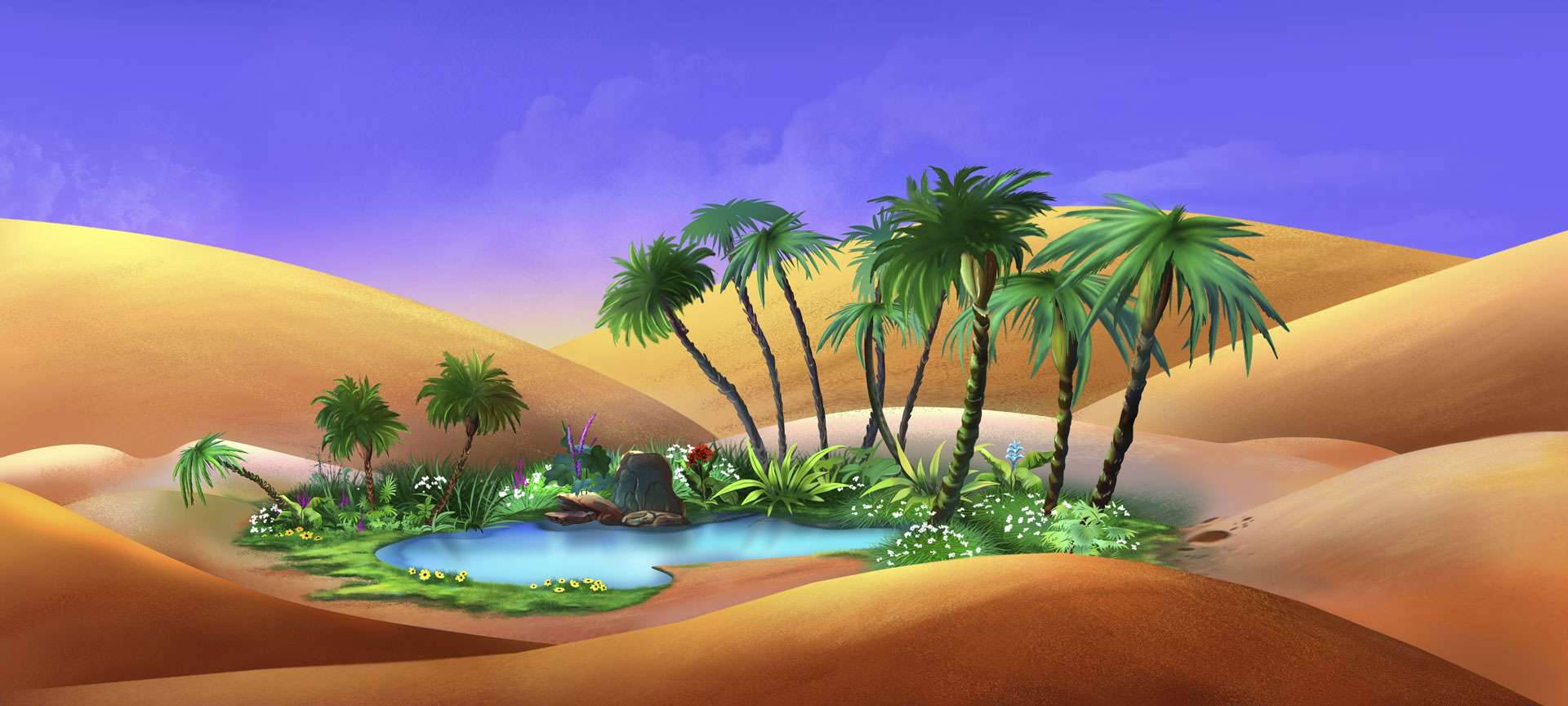The Difference Between Tropical Climate and Desert Climate
Ask most experts in the landscape industry how to maintain tropical plantings in a desert and the typical response is more water. If only it was that easy. Most tropical plants come from regions of the world, where the temperatures stay within a 30 degree swing. The rainfall is 40-70 inches annually and the soil is made of nutrition-rich decomposed plant and animal life. What’s the difference here in the desert? Our soil is comprised of primarily clay, sand and silt, very devoid of any real nutritional value. So, unless you are going to dig up your whole yard and replace the local soil with compost, it may be easier to choose plants that tolerate our conditions. Tropical plants, because of their high-water content in the leaves and flowers, transpire three times as much water than the root system can take in. It’s similar to when we experience heat stroke. We can’t recover quickly enough and neither do these tropical plants.
Tricks for Planting Tropical Plants in the Desert
If you feel inclined to test fate and plant tropical plants in the desert, then there are a couple of helpful tricks you’ll want to keep in mind.
1. Avoid full exposure to the sun
Full exposure to the sun is a bad idea. Not just direct sun exposure, but indirect such as reflected heat off windows and walls can all cause heat problems for your tropical plants.
2. Be aware of decomposed granite
Be aware of decomposed granite surrounding the plant. The sun hits the granite and heats up the roots below the ground, making it difficult for the plant to survive.
3. Plant it like it was purchased
What is the rule of thumb for planting tropical plants? Plant it like it was purchased. If the plant you purchase is under a shade screen, that’s a good indicator that the nursery is trying to avoid losing it to the elements. Even if the tag states “Good in full sun,” there’s a good chance the plant is grown in California and their microclimate full sun is very different from an Arizona desert climate.
More Tropical Planting Tips
The best game plan is to place tropical plants on the East and North sides where they receive morning sun, but afternoon relief. Really sensitive plants should be planted near the house where the walls act as an insulator from hard frost. Pots on patios can be another option where full exposure is not possible.
Also, know how large the planting will grow. There are times where plants will need to be transplanted to avoid the plant getting root bound and twisted in knots. Since we are on a similar subject with tropical, I get asked where to place gardens too. The above information is the same for vegetable and herb gardens. If there is a huge desire to plant where you want, then you must strategically plan out how you will protect your investment. It also means spending more money to create an optimum set of conditions. To create shade, you will need to invest in buying and planting very mature trees; 36” box and possibly 48” box trees that will need to be strategically placed. The challenge in today’s building environment is that access is limited as yards are being created smaller. On a smaller scale, for sensitive plants you can use shade cloth, but you will have to take it on and off. In frost warning nights, wrapping with Christmas lights will provide warmth and warping in wet sheets. The wet sheets create a humid environment, providing there are openings in the top to allow the warmer air to escape.
If you let go of preconceived desires and understand that you are in Arizona and not Maui, there are plants that are desert adaptive and can be used to create a tropical look. If you would like to learn more and see how that works, please contact me and we can discuss how best to do so.

